- About us
- Support the Gallery
- Venue hire
- Publications
- Research library
- Organisation chart
- Employment
- Contact us
- Make a booking
- Onsite programs
- Online programs
- School visit information
- Learning resources
- Little Darlings
- Professional learning
Sir Jack Brabham OBE (1926-2014), racing car driver, studied mechanical engineering before working as a RAAF mechanic during World War 2. After some years building midget racing cars, Brabham took to driving, winning the Australian midget-car title in 1951. Switching to road racing, he moved to England in the hope of becoming a Formula 1 driver. Racing in a Cooper Climax, Brabham won the World Championship in 1959 in sensational style. In the last lap of the deciding race he was leading the field when his fuel ran out. Undaunted, he pushed the vehicle over the finish line to take the Championship. It was his first of three. In 1966 he became the first driver in Formula 1 history to win the title in a car of his own design, the Repco Brabham. As a driver, Brabham has been described as ‘untidy, but very effective’. Indeed, he won a career total of 14 Grand Prix events before retiring in 1970. Australian of the Year in 1966, in 1979 he became the first person to be knighted for services to motor sport.
Sculptor Julie Edgar, a motor sports enthusiast, also made the bronze bust of Peter Brock in the collection of the National Portrait Gallery. Gordon Darling numbers amongst her other portrait subjects.
Collection: National Portrait Gallery
Purchased with funds provided by L Gordon Darling AC CMG 2005
© Julie Edgar
L Gordon Darling AC CMG (38 portraits supported)
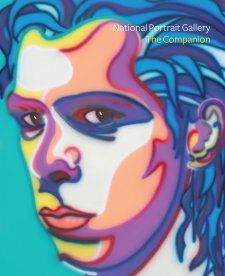
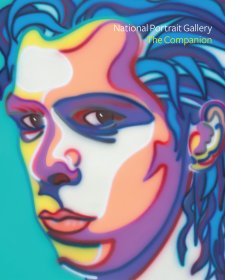
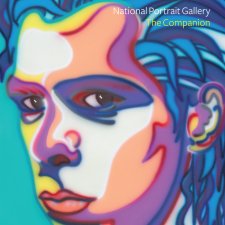
On one level The Companion talks about the most famous and frontline Australians, but on another it tells us about ourselves.
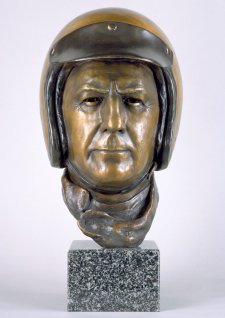
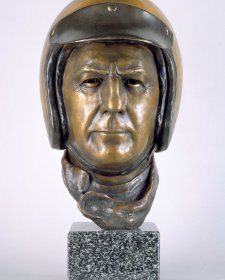
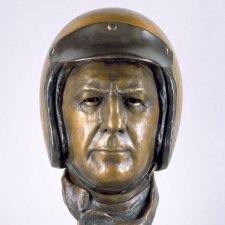
The bronze sculpture by Julie Edgar reflects through both the material and representation the determined and straight-forward nature of Brabham.



This exhibition showcases portraits acquired through the generosity of the National Portrait Gallery’s Founding Patrons, L Gordon Darling AC CMG and Marilyn Darling AC.